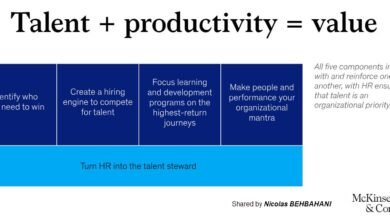Managing the Family Business: Leadership Roles
Poorly designed leadership roles set up a family business for failure. John A. Davis offers a system that produces the decisiveness and unity needed for long-term performance

Source | hbswk.hbs.edu | John A. Davis
Part Two: Structuring Leadership Roles
My previous article outlined what we know about leadership in family business systems worldwide, including how leadership affects performance. As an example of very capable leadership of a high performing family enterprise, I introduced Nelson Sirotsky, Chairman of RBS, who two years ago successfully passed the baton after leading his family’s media business as CEO for decades.
Whether you adopt the one-leader model for your own family enterprise, as RBS has done, or whether you build a team of leaders, you still need to design, structure, and allocate all the necessary leadership roles. Why? Because wherever I see poorly designed, badly structured, and slap-dash leadership roles in action, I hardly ever see the decisiveness and unity that a family business system needs for long-term performance. How do you design, structure, and allocate all the leadership roles you need? That’s what this article will focus on.
First recognize that for any group or organization to be successful, it needs to be led, managed, and governed well.
Leading, Managing, And Governing
Governance provides a broad sense of purpose or mission for the group and gives the group a sense of stability. Without stability, we cannot plan long-term. Family business systems have an enduring advantage over all other kinds of enterprise in large part because of their long-term goals, plans, and commitments. Without stability, you lose your built-in advantage. Without adequate governance, you don’t have adequate stability. The family business system absolutely must be governed, and governed well, for success.
Good governance for any group assures us that plans can be made, problems solved, leaders developed and chosen, and disputes settled in a way that preserves the purpose and unity of the group. Discipline and trust grow. Good governance is the product of having useful rules, policies, agreements, and plans, as well as forums (like boards, family councils, and annual meetings of the owners) to develop the plans, agreements, rules, and policies, to address important issues and to work out differences.






